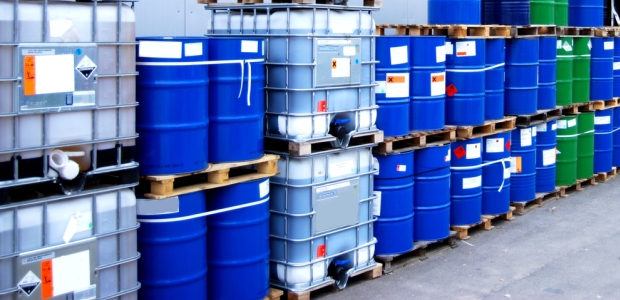
Canada's GHS Regulations Have Three-Year Transition Period
The transition is scheduled to be complete by Dec. 1, 2018. Health Canada said the newly finalized regulations deliver on a key Regulatory Cooperation Council initiative.
Health Canada announced that the Government of Canada finalized new regulations Feb. 11 to implement the Globally Harmonized System of Classification and Labelling of Chemicals (GHS) for workplace hazardous chemicals, and it posted a document explaining the transition period that applies to chemical manufacturers, importers, distributors, and employers. As of Dec. 1, 2018, all of them must comply with the new Hazardous Products Regulations, which modified the Workplace Hazardous Materials Information System (WHMIS 1988) and is now referred to as WHMIS 2015.
"The GHS strengthens the level of protection already in place for workers in Canada, facilitates trade with the United States (U.S.) and other international partners, and enhances the competitiveness of Canadian suppliers of workplace chemicals," Health Canada's announcement states. "The implementation of the GHS delivers on a key initiative announced by Prime Minister Stephen Harper and U.S. President Barack Obama as part of the Canada-U.S. Regulatory Cooperation Council's Joint Action Plan. In Canada, occupational health and safety is a shared responsibility between the federal government, the provinces and territories. Following the changes finalized by the Government of Canada today, a transition period has been established to allow the provinces and territories to adapt their own regulations and to allow for industry to make necessary system changes and train workers."
It says implementing GHS in Canada is expected to provide a net benefit of nearly $400 million in increased productivity and decreased health and safety costs during the next 20 years; and that Canadian industry is expected to start seeing yearly net benefits of $82 million within four years from not having to reclassify and prepare different labels and SDSs, with benefits expected to be seen even earlier because of advanced implementation in other countries, including the United States, the European Union, Australia, Japan, China, and South Korea.
"Today, the Government of Canada is providing additional protection to Canadians who use hazardous materials in the workplace. The implementation of the Globally Harmonized System of Labelling for Workplace Hazardous Chemicals also delivers on an important Canada-United States Regulatory Cooperation Council commitment. By aligning our classification and labeling requirements for hazardous workplace chemicals, we are protecting the health and safety of the Canadian workforce, while enhancing the competitiveness of Canadian industry," said Rona Ambrose, Canada's minister of health.